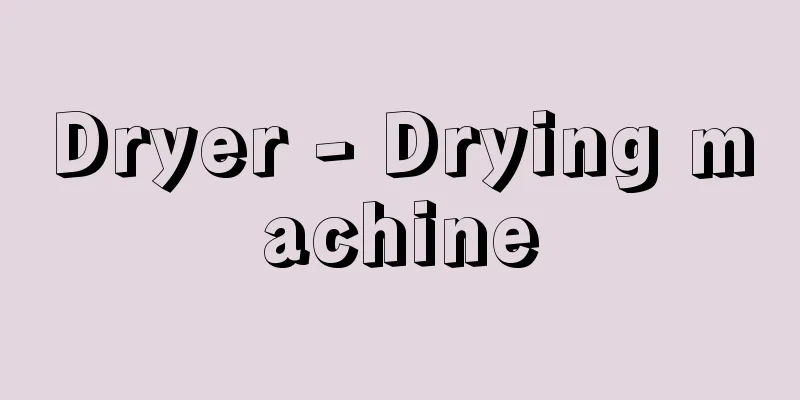Occupational Therapy
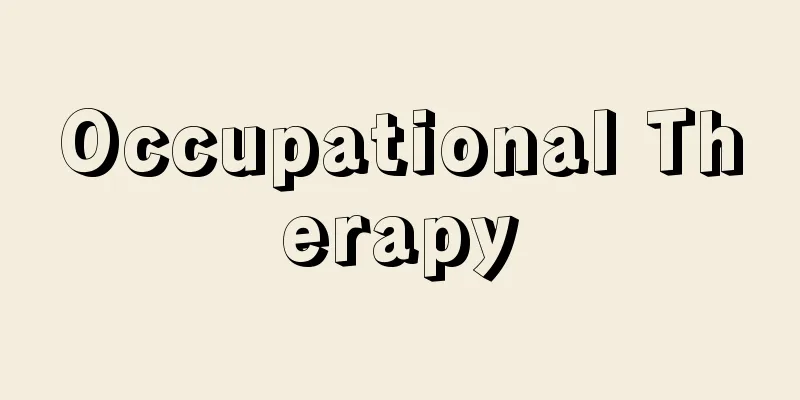
|
(1) Occupational therapy in psychiatric fields refers to a treatment method that aims to promote recovery and social reintegration of patients in the chronic or recovery stages of mental disorders by having them perform appropriate tasks. Hippocrates, the famous physician, wrote about mental disorders as early as the BC era, and since ancient times, it has been said that music and other types of recreation, as well as farming, animal husbandry, gardening, and handicrafts, are effective in treating mental disorders. Modern psychiatric treatments are broadly divided into two categories: drug therapy and psychotherapy. Since the beginning of the 20th century, occupational therapy has undergone a reevaluation of its therapeutic theory, and its position as psychotherapy has been firmly established. In other words, the aim is to first activate and strengthen the healthy mental and physical abilities of the patient through occupational activities, and gradually overcome the pathological aspects. However, lifestyle therapy, which is carried out in psychiatric hospitals on the premise of open wards, is not only occupational guidance, but also recreation, and a general term for lifestyle guidance including re-education aimed at social reintegration, which is a broad definition of psychotherapy and ultimately leads to rehabilitation. Meanwhile, the Physical Therapist and Occupational Therapist Act (Act No. 137 of 1965) was enacted in 1965, and occupational therapists in Japan were given national qualifications. Based on the doctor's instructions (prescriptions), therapists and assistants build therapeutic human relationships with each patient through occupational activities, and promote the independence and sociability of patients through various psychological mechanisms. In particular, from the perspective of dynamic psychiatry, which places emphasis on the environment and analyzes the patient's psychology from the perspective of interpersonal relationships, emphasis is placed on the idea of adding creative work that is not limited to improving skills or efficiency, improving mental symptoms, satisfying emotional needs, promoting the purification of conflicts, and building healthy human relationships. In recent years, home medical care for the mentally disabled has become more common, but this can be achieved by establishing a system of rehabilitation medicine with occupational therapy at its core, both inside and outside the hospital. In general, it is necessary to improve various intermediate facilities such as hostels (shared housing) and workshops that connect hospitals and society, and various systems that promote the social reintegration of disabled people. In particular, for patients with chronic schizophrenia, occupational therapy for promoting employment that is applicable to physically disabled people will be considered important in the future as productive occupational therapy. In addition, in the process of being discharged from the hospital, occupational therapy is also an important element in night hospitals, where patients are contracted to work for companies outside the hospital for a certain period of time, and day hospitals, where patients stay at the hospital for a certain amount of time during the day and return home at night. In short, it is important that it is an aspect of psychotherapy that takes into account the various conditions of the patient and aims to restore their humanity. [Kenji Takemura] (2) Occupational therapy, which is carried out as part of the rehabilitation of physically disabled people, is a treatment method that utilizes various tasks to restore and promote useful functions, especially of the upper limbs. For paralysis of the upper limbs, handicrafts such as making toys, embroidery, and knitting, woodworking, pottery, and clay work are carried out depending on the age, sex, and degree of disability, and training in daily living activities is also provided. Furthermore, pre-occupational occupational therapy is also carried out to help patients return to work. This type of occupational therapy is primarily performed by occupational therapists under the direction of a specialist doctor, but is often ineffective unless it is performed simultaneously with exercise therapy performed by a physical therapist (therapy performed to prevent decline in motor function and maintain function for patients with limited mobility disorders such as joint contracture and muscular atrophy caused by prolonged bed rest, immobilization of the limbs, or paralysis). [Takashi Nagai] [References] | | |Source: Shogakukan Encyclopedia Nipponica About Encyclopedia Nipponica Information | Legend |
|
(1)精神科領城で行われる作業療法とは、精神障害の慢性期または回復期の患者に対し適切な作業を行うことにより、病気の回復や社会復帰の促進を図る治療法をいう。すでに紀元前、医聖として名高いヒポクラテスは精神障害の記述もしており、古くからその治療には、音楽をはじめ各種のレクリエーションや、農耕、動物飼育、園芸、手芸などの作業が有効であるといわれてきた。 現代の精神科治療は薬物療法と精神療法に2大別されるが、作業療法は20世紀に入ってからその治療理論が見直され、精神療法としての位置づけを不動のものとした。すなわち、まず患者の健康な心身の能力を作業によって賦活、強化し、病的な部分を徐々に克服しようとするが、精神科病院で病棟開放を前提として行う生活療法は、作業指導のみでなく、レクリエーション、それに社会復帰を目ざす再教育を含む生活指導を総称するもので、広義の精神療法にあたり、最終的にはリハビリテーションにつながる。一方、1965年「理学療法士及び作業療法士法」(昭和40年法律137号)が成立し、日本でも作業療法士に国家資格が与えられるようになり、医師の指示(処方箋(せん))に基づき、療法士が助手とともに個々の患者に作業活動を媒介として治療的な人間関係をつくりあげ、種々の心理的メカニズムによって患者の自立性、社会性を図るようになった。なかでも、環境を重視し、対人関係のあり方から患者の心理を分析する力動精神医学の立場で、技術や能率の向上にとらわれない創造的作業を加え、精神症状の改善、情緒的な欲求の満足を与えて葛藤(かっとう)の浄化を促し、健全な人間関係をつくりあげる考え方が重視されている。 近年、精神障害者の在宅医療が普及する傾向にあるが、これは病院の内外にわたる作業療法を中核とするリハビリテーション医療の体系が確立されることによって達成される。一般的には、病院と社会の間をつなぐホステル(共同住宅)や作業所など、いろいろな中間施設や障害者の社会復帰を促進する諸制度の充実が必要とされる。ことに慢性に経過する統合失調症(精神分裂病)の患者には、身体障害者に適用される雇用促進のための職能療法が、生産的作業療法として今後重要視されるだろう。また、病院から退院する過程としてみれば、病院外の企業に一定期間患者を委託通勤させるナイトホスピタル、逆に昼間のみ病院に一定時間とどまり夜は帰宅するデイホスピタルなども、作業療法が一つのたいせつな要素となっている。 要するに、患者のもつ諸条件を考慮しつつ、人間性の回復を図って実施する精神療法の一側面であることが重要なのである。 [竹村堅次] (2)身体障害者のリハビリテーションの一環として行われる作業療法は、とくに上肢の有用な機能を回復し促進させるために、いろいろな作業を利用する治療法である。上肢の麻痺(まひ)などに対して、年齢、性別、障害の程度などにより、玩具(がんぐ)や刺しゅう、編物などの手工、木工、陶工、粘土細工などが行われ、また日常の生活動作の訓練が行われる。さらに職業に復帰させるために、前職業的な作業療法も行われる。 このような作業療法は、専門医師の指示に従って主として作業療法士により行われるが、理学療法士によって行われる運動療法(長期臥床(がしょう)や四肢の固定、麻痺などによって引き起こされる関節拘縮や筋萎縮(いしゅく)などの低運動性疾患に対し、運動機能低下の予防および機能維持のために行う療法)と同時に行わなければ、効果があがらないことが多い。 [永井 隆] [参照項目] | | |出典 小学館 日本大百科全書(ニッポニカ)日本大百科全書(ニッポニカ)について 情報 | 凡例 |
Recommend
Shisha (English spelling)
…Most are made of cupronickel, brass, or silver. ...
Eriocaulon
...an annual plant of the Eriocaulaceae family th...
Felis tigrinus (English spelling)
…[Yoshinori Imaizumi]. … *Some of the terminology...
Battle of Ujigawa
(1) A battle in 1184 between the armies of Minamot...
Wang Bo - Oubo
A Chinese poet of the early Tang dynasty. He was ...
Cirsium pendulum (English spelling) Cirsiumpendulum
…[Hiroshi Aramata]. … *Some of the terminology ex...
Collared short armor - Collared short armor
…The shapes of the individual iron plates that ma...
high jump
…If the foot that is not the one used to take off...
Lorraine
Lothringen in German. A region or administrative d...
Aleksandrovsk - Aleksandrovsk
Former name of the Ukrainian city of Zaporizhia. S...
Scarab worm
A general term for annelids of the genus Aphrodita...
Hydroids - Hydrochu
A general term for coelenterates (cnidarians) of t...
Spirit Cave - Spirit Cave (English spelling)Spirit
This cave site is located near Mae San Nam village...
high early strength cement
...Used in sewage facilities, industrial wastewat...
Itadaki - Thank you
…In ancient times, many peddlers were women, and ...
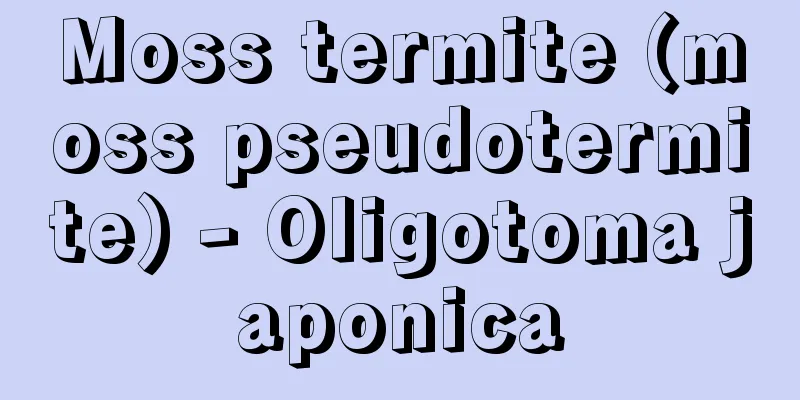
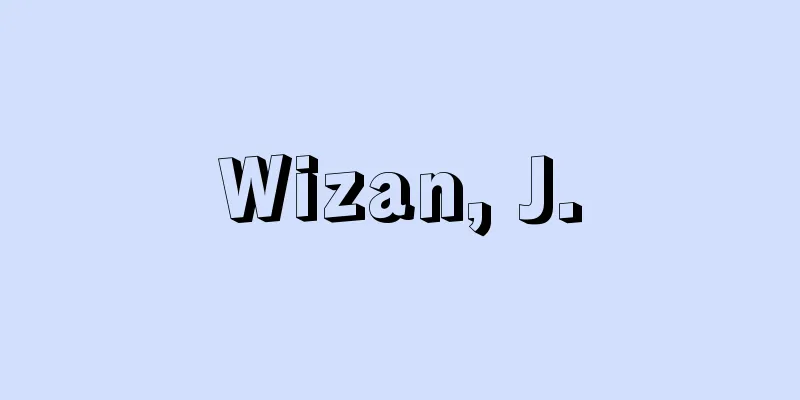
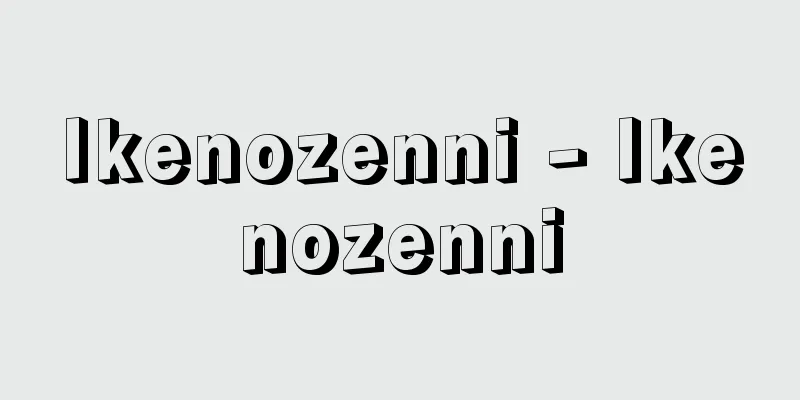
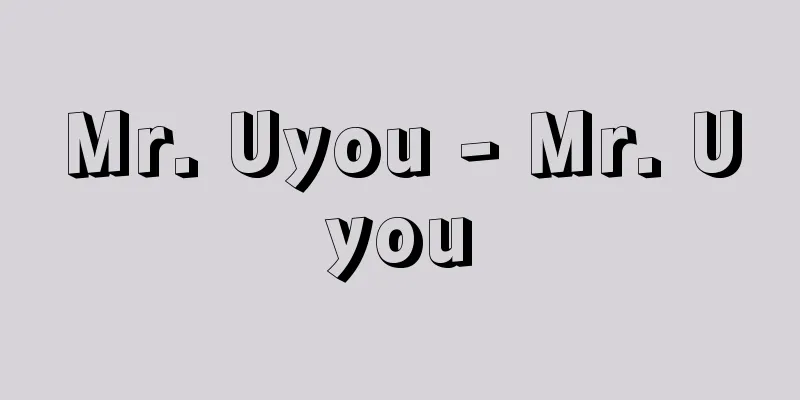

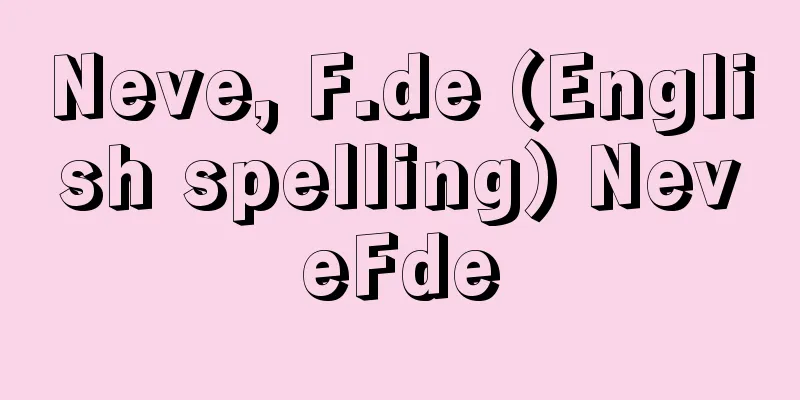


![Togane [city] - Tougane](/upload/images/67cc4dbf5b8a1.webp)
